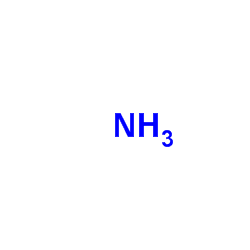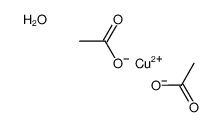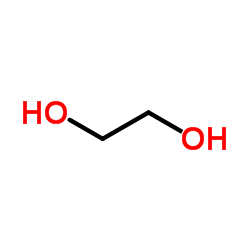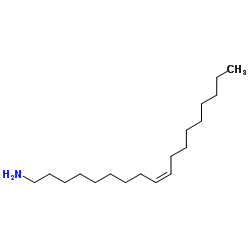| Structure | Name/CAS No. | Articles |
|---|---|---|
 |
Ammonia
CAS:7664-41-7 |
|
 |
Cupric acetate monohydrate
CAS:6046-93-1 |
|
 |
Ethylene glycol
CAS:107-21-1 |
|
 |
AMMONIA (14N)
CAS:1026405-88-8 |
|
 |
Acetic Acid Copper Salt Hydrate
CAS:66923-66-8 |
|
 |
Oleylamine
CAS:112-90-3 |